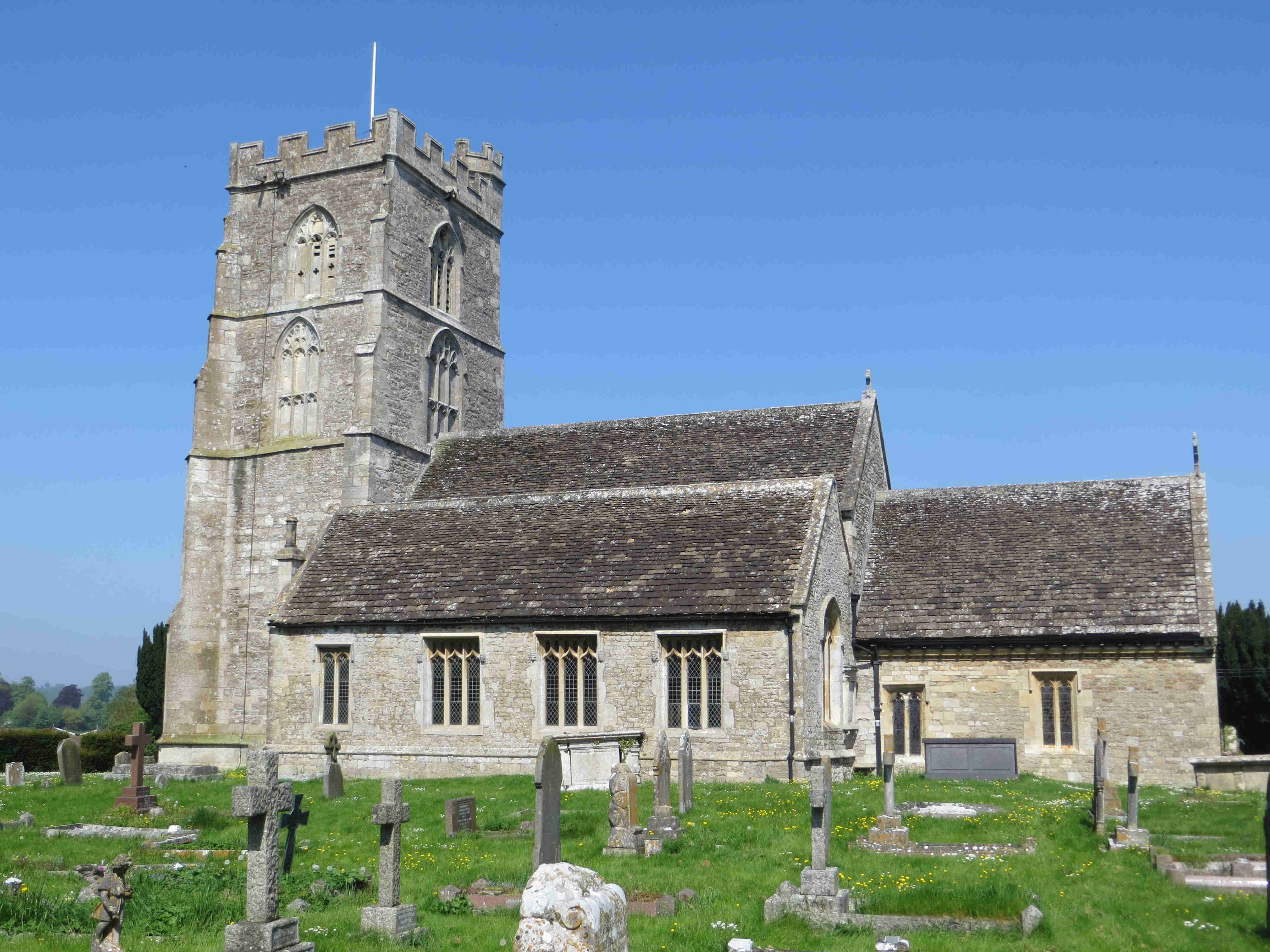
The church lies outside the village by the A361 from Trowbridge via Beckington to Frome. A history of the church of St Lawrence, Rode can be found at the website for the Hardington Vale Benefice which incorporates six parishes in the area. Until 1919 the spelling of the village’s name was ‘Road’, thereafter ‘Rode’, although the latter spelling was sometimes used before this.
An advertisement in the Frome Times of Wed 25 Sep 1872 p2 invited builders to tender for the re-erection of the chancel, the erection of two bays to the north aisle and some partial restoration of Road church. The person inviting the tenders was Charles E Davis of Bath (‘Major Davis’) who was the surveyor of works for the Corporation of Bath. The church was due to be re-opened in May 1874 but this was postponed due to the sudden death of the rector (Bath Chronicle Thu 7-May-1874 p5 col c). The Bath Chronicle reported in detail the eventual re-opening of the church (Bath Chronicle Thu 25 Jun 1874 p3 col a). This starts “The ancient parish church of Road having been thoroughly and completely restored was re-opened last Thursday, by the Bishop of Bath and Wells. The work was commenced in October, 1872, under the auspices of the late venerable Rector, the Rev. Charles Glossop, who undertook the restoration of the chancel and the building of an organ chamber and vestry, but he did not live to see its successful completion. Presented to the living in 1811, he continued to hold it until April in the present year, when he died at the patriarchal age of ninety-one, and in the sixty-third year of his incumbency. . . . The church, which is dedicated to St. Lawrence, is a fine old building, and consists of a nave, two side aisle, chancel, and square embattled tower on the west, to which an aisle to the chancel, forming an organ chamber and vestry, has been added on the north side. The present church was built at the beginning of the sixteenth century, occupying the side of a much older though smaller building, of which several interesting remains were found during the progress of the restoration. The oldest part of the existing structure is supposed to have been built about 1470, the nave and north aisle being of later date. “
In 1849 there was a case of manslaughter brought against someone for beating a bellringer to death in the church’s belfry. (Bath Chronicle Thu 28-Aug-1849 p4 col d).
The church was grade I listed in 1968. The description given includes “Late C14 and C15, restored 1874 by C E Davis. Random rubble, stone slate roofs, coped verges, cruciform finials. Clerestoried nave of 4 bays, North and South aisles, North chapel (now a vestry), South porch, 2-bay chancel. ”
The graveyard surrounds the church with some isolated memorials on the eastern side and a grid arrangement on the more extensive southern side.